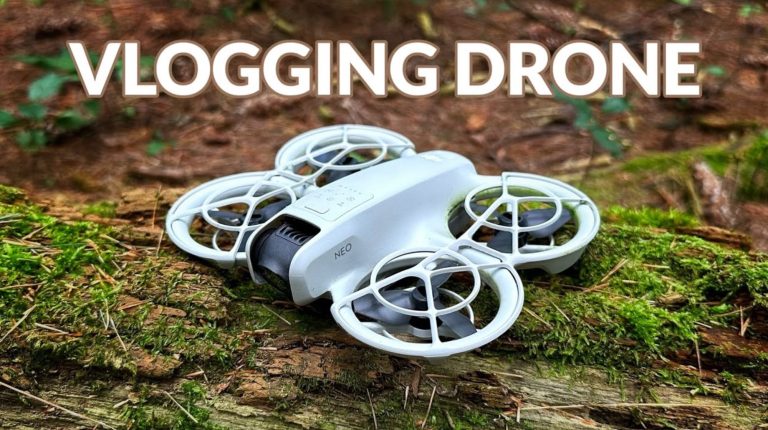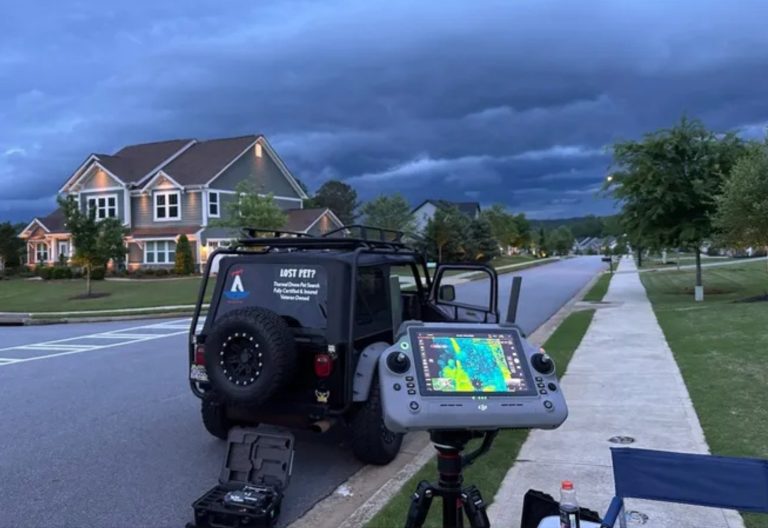Color and Clarity Like Never Before: The Rise of 10-bit Technology
In the evolving world of visual media, the emergence of 10-bit color is transforming our experience of digital imagery. This advanced technology, now a prominent feature in the latest camera products like the DJI Mini 4 Pro, DJI Air 3, DJI Mavic 3 Pro, and Osmo Pocket 3, unlocks a realm of a billion color shades, dramatically enhancing color grading and post-production flexibility.
The Essence of 10-bit Technology
At its core, 10-bit technology refers to the camera’s ability to record levels of red, green, and blue colors. In traditional 8-bit recording, the camera captures 256 levels for each color, summing up to about 16.8 million color combinations. This might sound extensive, but its limitations become evident in situations with subtle color transitions, often resulting in banding or blocky color shifts.
10-bit technology, however, quadruples the levels of color to 1,024 for each, amassing over one billion color combinations. This vast color spectrum allows for smoother gradations and more nuanced color rendering, essential for high-quality visual storytelling.
Beyond the Lens: The Postproduction Advantage
While the naked eye may not immediately discern the richness of 10-bit color on standard screens, the true power of this technology unfolds in postproduction. Colorists, responsible for crafting a film’s visual tone, find in 10-bit a broader canvas to tweak and perfect the imagery. The expanded color space offers more control over hues and exposure, ensuring a refined output even when destined for 8-bit displays. This enhanced control significantly reduces color banding, delivering a more polished and professional final product.
Chroma Subsampling: A Vital Companion
Accompanying 10-bit depth is the concept of chroma subsampling, a technique that determines how color information is processed and stored. Standard 4:2:0 subsampling, common in consumer video, samples color from fewer pixels, relying on the human eye’s relative insensitivity to chrominance (color) compared to luminance (light).
Upgrading to 4:2:2 subsampling, as seen in professional-grade equipment, doubles this color resolution, proving indispensable in tasks like chroma key compositing, where precise color distinction is crucial for clean masking and seamless visual effects.
DJI’s Foray into 10-bit
DJI, a leader in drone and camera technology, has embraced 10-bit in its latest offerings, including the DJI Mini 4 Pro, DJI Air 3, DJI Mavic 3 Pro, and Osmo Pocket 3. Some older models, such as the DJI Avata, got 10-bit later through a firmware update.
These devices are not just for professional cinematographers but also for vloggers and social media enthusiasts seeking to elevate their visual content. The integration of 10-bit D-Log M in these models is a testament to DJI’s commitment to cutting-edge, accessible technology.
Here’s a list of all the DJI pro/consumer products that offer 10-bit:
- DJI Inspire 3 (DJI)
- DJI Mini 4 Pro (DJI, Amazon)
- DJI Mini 3 Pro (DJI, Amazon)
- DJI Air 3 (DJI, Amazon)
- DJI Air 2S (Amazon)
- DJI Mavic 3 Pro (DJI, Amazon)
- DJI Mavic 3 Classic (DJI, Amazon)
- DJI Mavic 3 (DJI, Amazon)
- DJI Mavic 3 Cine (DJI, Amazon)
- DJI Avata (DJI, Amazon)
- DJI Osmo 3 Pocket (DJI, Amazon)
- DJI Action 4 (DJI, Amazon)
- DJI Action 3 (DJI, Amazon)

The Future of Visual Media
As the industry gravitates towards more sophisticated imaging technologies, 10-bit color depth stands out as a pivotal innovation. Its impact stretches from professional film sets to amateur vloggers, redefining the boundaries of digital imagery. DJI’s latest drones and cameras are at the forefront of this revolution, offering creators at all levels the tools to capture the world with unprecedented vibrancy and detail.
10-bit technology’s leap in color depth and chroma subsampling represents a paradigm shift in how we capture and process visual media. It’s a technology that not only enhances the aesthetic of our imagery but also broadens the horizons of creative expression.






















+ There are no comments
Add yours